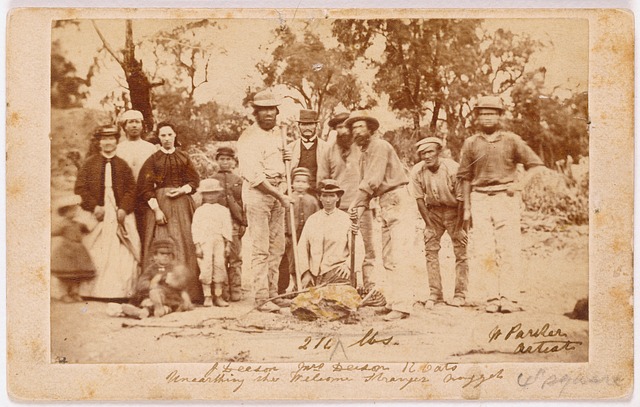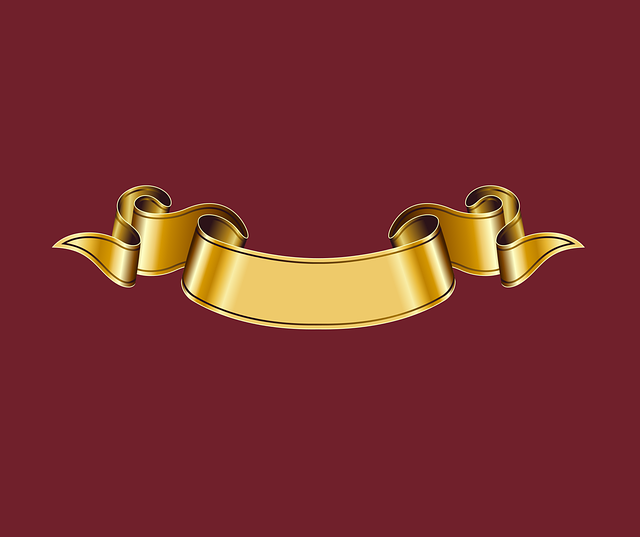To incorporate physical gold into your retirement portfolio through an Individual Retirement Account (IRA), you must establish a self-directed IRA and adhere to strict IRS guidelines. This involves selecting an IRS-approved custodian who will oversee the secure storage of your gold in compliance with federal and state laws, ensuring it meets specific purity standards as set by the IRS or CFTC. Your gold investments must consist of coins or bullion that are legal tender, bear an assayer's mark and fineness, and are either from the IRS's Good Delivery List or equivalent. After setting up your self-directed IRA and funding it through a rollover or transfer, you cannot possess these metals until you reach the age of 59½, unless for reasons of death, disability, or chronic illness. This transition allows for diversification, potential protection against inflation, and the addition of tangible assets to your retirement strategy while maintaining the tax advantages of your IRA. It's essential to work with knowledgeable trustees and custodians who are experts in precious metals investments to navigate this process without incurring penalties or legal issues.
Exploring the transformation of an Individual Retirement Account (IRA) into a tangible asset like gold offers a strategic avenue for wealth diversification within retirement planning. This article navigates the intricacies of establishing a self-directed IRA specifically designed to include precious metals, ensuring compliance with IRS regulations. We will guide you through understanding the investment landscape, the practical steps to set up your account, selecting reputable trustees and custodians, and the types of gold that can bolster your retirement portfolio. Embark on this journey to secure your financial future by leveraging the timeless appeal of gold within your IRA framework.
- Understanding Self-Directed IRAs for Precious Metals Investment
- Steps to Establish a Self-Directed IRA for Gold
- Selecting a Trustee and Custodian for Your Precious Metals IRA
- IRS Regulations Governing Gold in IRAs
- Choosing the Right Type of Gold for Your IRA Investment
Understanding Self-Directed IRAs for Precious Metals Investment

When considering the transition of a traditional IRA to one that allows for precious metals investment, it’s crucial to grasp the concept of self-directed IRAs. These accounts differ from conventional IRAs in that they provide investors with the flexibility to allocate funds into a variety of assets outside the typical stock and bond market. Precious metals like gold, silver, platinum, and palladium are among the permissible investments within a self-directed IRA framework. To initiate this process, one must first establish a relationship with a trustee or custodian that specializes in self-directed IRAs and is approved by the Internal Revenue Service (IRS) to hold these types of assets.
The custodian will guide you through the necessary procedures, which include setting up a new self-directed IRA account specifically designed for alternative investments like precious metals. It’s imperative to familiarize yourself with the IRS rules and regulations governing these accounts to ensure compliance and avoid penalties or taxes on early distributions. The chosen custodian will also facilitate the storage of your physical precious metals in an approved depository, ensuring that your investment is both secure and compliant with IRS standards. This setup allows for the diversification of your retirement portfolio, potentially offering protection against inflation and market volatility, as well as the opportunity to invest in tangible assets with intrinsic value.
Steps to Establish a Self-Directed IRA for Gold

To initiate the process of converting your traditional IRA to a self-directed IRA that permits gold investments, the first step is to identify a trustee or custodian that specializes in self-directed IRAs and is approved by the IRS for holding precious metals. This entity will be responsible for holding and administering your retirement funds. Once you’ve selected a trustee, you must open a new self-directed IRA account. This can typically be done online or through paperwork that designates the type of assets you intend to invest in—in this case, physical gold.
After establishing your self-directed IRA account, the next step involves funding it. You have several options for transferring or rolling over funds from your existing IRA to your new self-directed IRA. This can be done through a direct rollover, where the funds are moved directly from the old IRA to the new one, avoiding any tax implications. Alternatively, you can request a distribution from your current IRA and then deposit it into your new account within 60 days to avoid taxes. It’s crucial to work closely with your trustee during this process to ensure compliance with IRS regulations. Once your self-directed IRA is funded, you can begin the selection of gold investments that meet the IRS criteria for purity and eligibility within your IRA. These often include American Eagle bullion coins, American Buffalo bullion coins, and certain gold bars that are approved by the IRS for IRA investment. Your trustee will facilitate the purchase of these assets on your behalf, ensuring they are properly titled in the name of your self-directed IRA.
Selecting a Trustee and Custodian for Your Precious Metals IRA

When transitioning traditional retirement savings into a self-directed IRA that includes investments in gold and other precious metals, selecting a trustee and custodian with expertise in this niche is paramount. The trustee oversees the administration of the IRA, ensuring compliance with federal and state regulations governing IRAs and the specific rules pertaining to precious metals within an IRA. It’s crucial to choose a trustee who understands the intricacies of these types of investments to avoid prohibited transactions that could result in penalties or disqualification of the IRA.
The custodian, on the other hand, is responsible for safegukeeping your physical precious metals and ensuring they meet the purity and quality standards set forth by the Internal Revenue Service (IRS). The custodian must be a depository institution such as a bank or a company approved by the IRS to act as a custodian for precious metals IRAs. Their role is to provide secure storage and facilitate transactions, such as purchases and sales of the metals within the IRA framework. Carefully vetting both the trustee and custodian for their experience, reputation, and compliance history is essential to ensure the safety and legality of your gold-backed IRA investment strategy.
IRS Regulations Governing Gold in IRAs

Under IRS regulations, gold investments within an Individual Retirement Account (IRA) are subject to specific guidelines. A self-directed IRA is a prerequisite for holding physical gold, as traditional IRAs typically limit investments to more conventional assets like stocks and bonds. The IRS stipulates that the gold must be of a fineness or purity assigned a minimum value by the IRS or meet certain standards of the Commodity Futures Trading Commission (CFTC). This includes gold coins or bullion that are recognized by the IRS as legal tender and have an assayer’s mark and a fineness marked on them. Additionally, the gold must be stored with a custodian approved by the IRS, ensuring its security and accountability. The self-directed IRA trustee or custodian handles this storage, and the account holder is prohibited from taking possession of the gold under penalty until after the age of 59½, or in the event of death or disability, to avoid early distribution penalties. These regulations are designed to maintain the integrity of the retirement savings while allowing for a diverse range of investment options within the IRA framework.
Choosing the Right Type of Gold for Your IRA Investment

When considering the conversion of a traditional IRA to a self-directed IRA that allows for investments in precious metals, selecting the appropriate type of gold is paramount. The Internal Revenue Service (IRS) stipulates specific eligibility criteria for gold and other bullion holdings within an IRA. Investors must choose from gold coins or bars that are recognized by the IRS as compliant with the Good Delivery List of the London Bullion Market Association (LBMA), or those that are equivalent in purity. The most commonly invested in forms of gold for IRAs include American Gold Eagles, Canadian Gold Maple Leafs, and Austrian Gold Philharmonics, all of which must be at least 99.5% pure gold. It’s essential to work with a reputable dealer who understands the IRS rules to ensure compliance and to avoid penalties or disqualification of your IRA.
Furthermore, investors should consider the storage requirements for the chosen gold type. While some self-directed IRAs may allow for home storage under specific conditions, most require that the precious metals be held by an IRS-approved custodian or depository. This custody rule is a critical aspect of the process, as it ensures the security and proper reporting of the assets within your retirement account. The choice between different gold types—coins versus bars, for instance—may also involve considerations of liquidity, storage logistics, and personal investment preferences. Each option carries its own set of advantages and challenges, so careful planning and thorough research are essential when choosing the right type of gold for your IRA investment.
navigating the transition of an Individual Retirement Account (IRA) to gold requires careful planning and adherence to specific Internal Revenue Service (IRS) regulations. By establishing a self-directed IRA with a focus on precious metals, investors can diversify their retirement portfolio in a compliant manner. Selecting a reputable trustee and custodian is paramount to ensure the assets are held securely and in accordance with the law. With the right guidance, this alternative investment strategy can offer potential benefits within your retirement savings framework. It’s a prudent move for those looking to safeguard their future against inflation and market volatility by incorporating physical gold into their IRA holdings.
